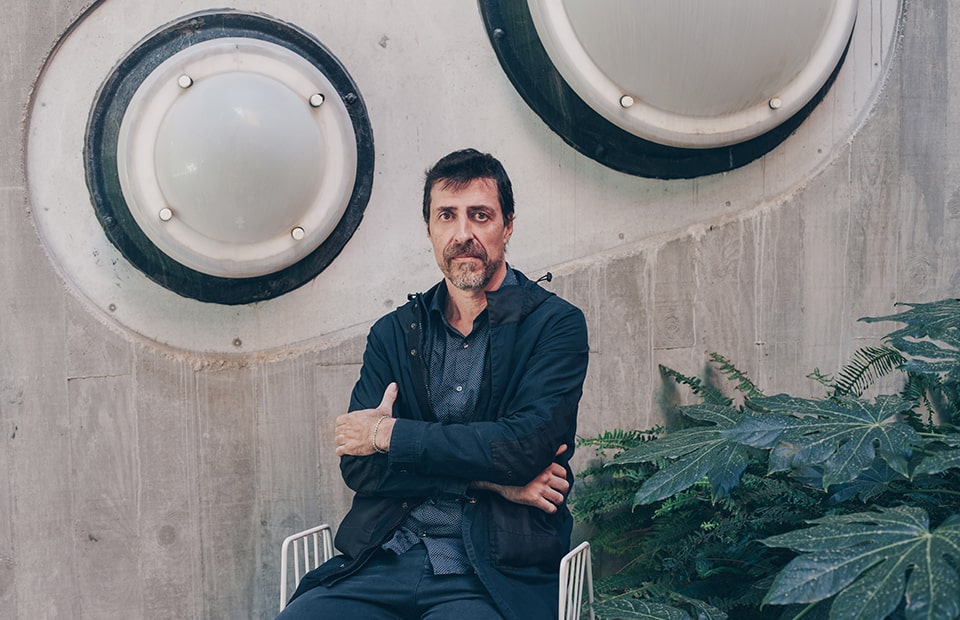How does the Vil·la Urània project fit into your career path?
From the tender to the completion of the work, the Vil·la Urània project allowed us to consolidate and weave together the different sensitivities we have amongst the three partners in the office, allowing us to tackle new assignments in a much more unitary and coherent way.
Upon its completion, we carried on in the same approach to building with the Sant Martí school, in terms of our attitude towards sustainability how we understand architecture today, fully sensitive to the environment and external conditions. This way of designing had already appeared in other projects that had not yet been built, but it was in Vil·la Urània where we were able to explore different tools, solutions, materialities, and so on.
Vil·la Urània won the Green Solutions Awards Spain 2017 in the Smart Building category, has a Class A energy certification and LEED Platinum certification. Are there different ways to design a sustainable building?
Surely there are different ways of designing a sustainable building. What does not make sense to us is to design an unsustainable building, or a building in which sustainability and sensitivity to the environment is not among the starting points, such as the building type or the place.
How would you define your approach in relation to this project and in comparison with national and European standards?
At the beginning of the projects we develop in the office—almost all of them in public tenders—a positive and purposeful attitude in relation to the building’s sustainability, energy efficiency, the use of materials, and passive solutions is always squarely on the table, as one of the initial stages. The study of the site conditions, the building type and the relationship with the climate conditions (orientation, exposure to the sun, winds, etc.) end up defining the projects. The fact of incorporating this concern from the onset and the realization of energy simulations allows us to evaluate different proposals and configure buildings that exceed the standards in terms of energy rating according to the CTE and bring us closer to the European nZEB building standards with nearly-zero consumption.
Innovation and research play an important role in your architectural practice. Is that generally so in the contemporary architecture that surrounds us?
We can speak from our experience. Researching what already exists and returning to the origins of things seems to us to be an interesting starting point. Innovation is another element to take into account, but innovation may reside in a new way of seeing things and not necessarily so much in technological invention. So, today more than ever, we must become aware of what does not work from experience. Learn from past mistakes and act more consciously. Architecture tends to survive its architects, so it is very important to think about solving not only current needs, but also to foresee future ones and in the end, its possible deconstruction, so that in the final balance its existence has been worthwhile. Our decisions have an impact that transcends us and we must be very aware of this.
Working in the public sector offers many opportunities, but at times there are restrictions and commitments when it comes to design. What was the dominant aspect of the transformation of the Josep Comas i Solà house-observatory into the current municipal facilities of Vil·la Urània?
Without a doubt, for SUMO as a firm, the opportunities have predominated. These are almost infinite: an opportunity to continue building in Barcelona, an opportunity to highlight the figure of Josep Comas i Solà, an opportunity to recover the house-observatory as a meeting point and a place to spread his work, an opportunity to try out a well-defined design in a very flexible and adaptable building, an opportunity to propose a dynamic façade that serves as a large bioclimatic intermediate space that drastically reduces the building’s consumption. We could go on with the many opportunities that have become a reality in Vil·la Urània.
And they have been made by analysing, overcoming and incorporating the restrictions or commitment which you mention.


